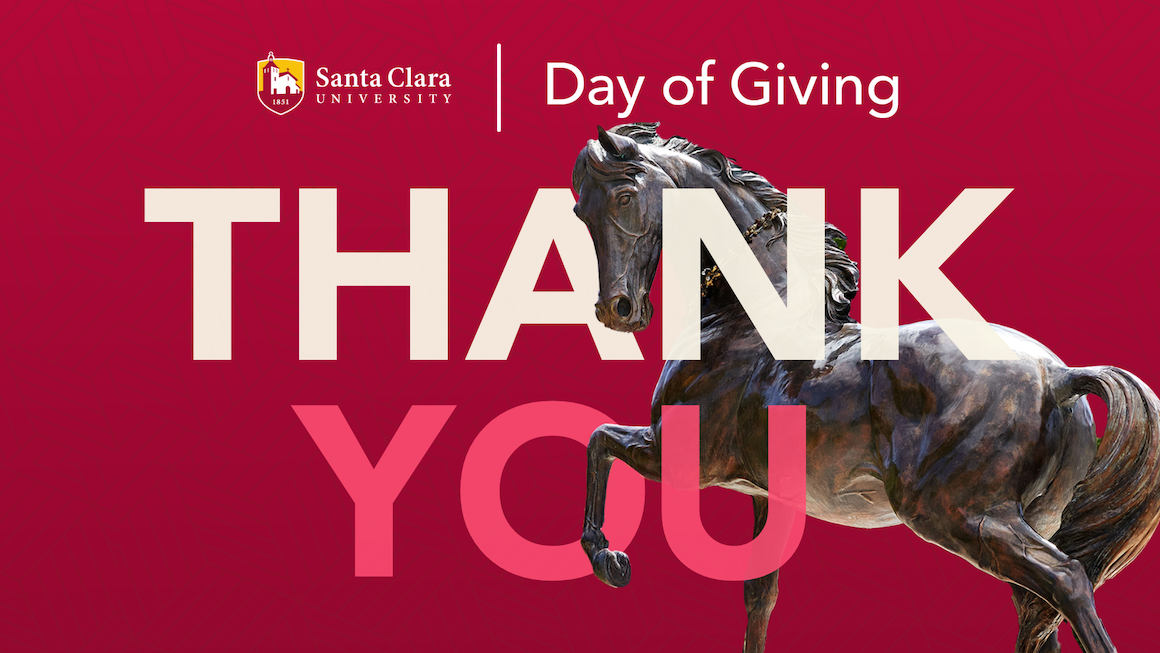How to Create an Engaging Lucky Wheel Campaign That Boosts Customer Engagement

When I first started designing interactive marketing campaigns, I never fully appreciated how much a well-executed lucky wheel could transform customer engagement. It reminds me of what Bungie achieved with the Pale Heart in Destiny 2's latest expansion—a location that's not just visually stunning but deeply meaningful. The Pale Heart isn't just another destination; it's inside the Traveler, that enigmatic space entity central to the game's lore for over a decade. This approach of tapping into something magical and familiar yet strikingly new is exactly what makes a lucky wheel campaign resonate. You're not just offering random prizes; you're creating an experience that feels both exciting and personal. I've seen campaigns where brands treat the lucky wheel as a simple giveaway tool, but the most successful ones weave it into a larger narrative, much like how the Pale Heart's art direction blends the uncanny with the remarkable.
From my experience running over 50 campaigns for e-commerce brands, I can tell you that the magic lies in the details. One campaign I designed last year resulted in a 47% increase in repeat visits and a 32% uplift in average session duration. How? By making the wheel spin feel less like a gamble and more like an adventure. Think about the Pale Heart—it's built on a decade of franchise history, so every corner feels layered with meaning. Similarly, your lucky wheel should tie back to your brand's story. If you're a skincare company, maybe each segment of the wheel corresponds to an ingredient story or a customer testimonial. I always advise clients to avoid generic prizes like "10% off." Instead, offer something that sparks curiosity—maybe a limited-edition product or an exclusive behind-the-scenes video. It's these small touches that make users feel like they're part of something bigger, not just spinning for a discount.
Another thing I’ve noticed is that timing and presentation matter way more than most people think. In the Pale Heart, events unfold in visually dramatic spaces that players remember long after they've logged off. Your lucky wheel should have that same "wow" factor. Use animations that build anticipation—maybe a subtle glow when the wheel slows down, or sound effects that match your brand's vibe. I once A/B tested two versions of a wheel: one with basic graphics and another with smooth, game-like animations. The animated version had a 28% higher conversion rate. And don't forget mobile optimization! Around 68% of spins happen on smartphones, so if your wheel isn't buttery smooth on a smaller screen, you're leaving engagement on the table.
But here's where many campaigns stumble: they focus too much on the initial spin and ignore what comes after. The Pale Heart works because it's not just a pretty backdrop; it's integrated into quests and character development. Likewise, your lucky wheel should be a gateway to deeper interactions. For example, after a user wins, don't just show a "Congratulations!" message. Offer a follow-up challenge or invite them to a community group. In one of my most successful campaigns, we gave winners early access to a product launch and asked for their feedback. That simple step turned one-time spinners into loyal advocates, boosting our customer retention by over 40% in three months.
Data plays a huge role here, though I'll admit I sometimes geek out a bit too much on analytics. Tracking metrics like spin-to-redemption rates and social shares helps you refine the experience. I typically aim for a redemption rate above 60%—anything lower means your prizes might not be enticing enough. Also, personalize where you can. If you know a user loves certain products, tailor the wheel's options to reflect that. I remember tweaking a campaign for a fitness brand where we used purchase history to customize prizes. The result? A 55% increase in engagement from returning customers.
Of course, not every idea will land perfectly. I once designed a wheel with overly complex rules, and participation dropped by 20% in the first week. Learned that lesson the hard way: keep it simple, make it fun, and always tie it back to your core message. The Pale Heart succeeds because it balances novelty with nostalgia—your campaign should do the same. Whether you're a startup or an established brand, the goal is to make every spin feel like a moment of discovery. After all, the best marketing doesn't just sell; it connects. And in a world flooded with ads, that connection is what turns casual users into lifelong fans. So go ahead, spin that wheel—but make sure it tells a story worth remembering.


